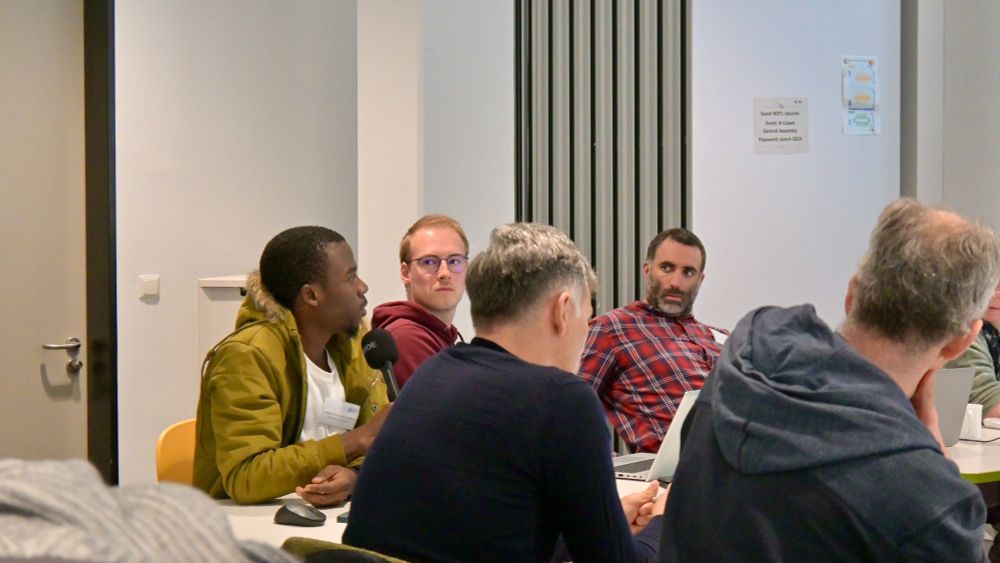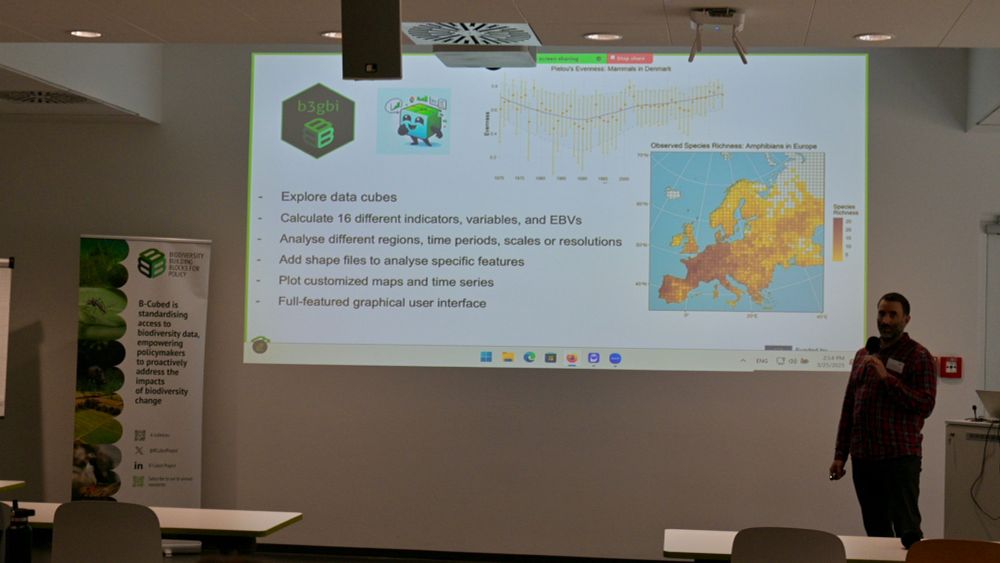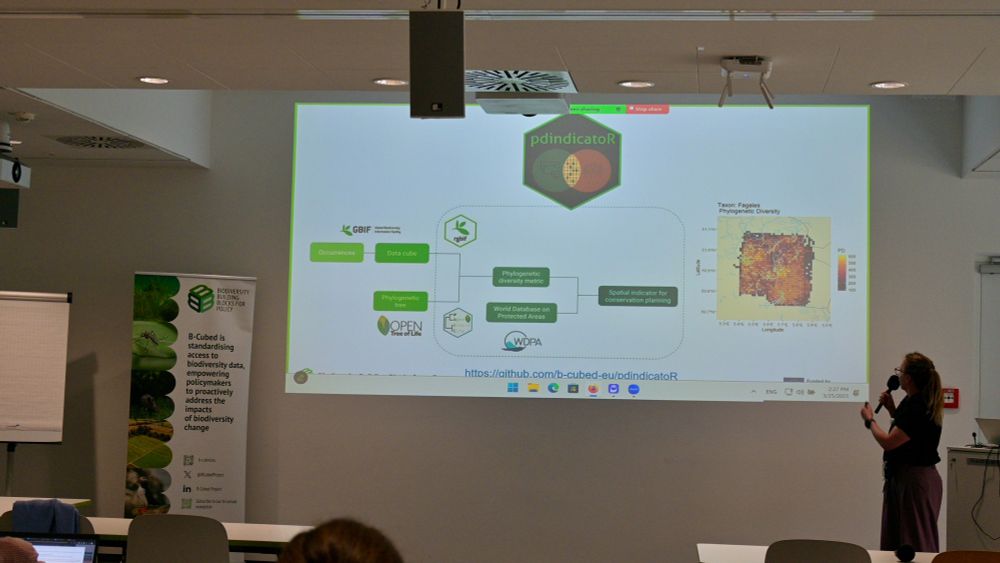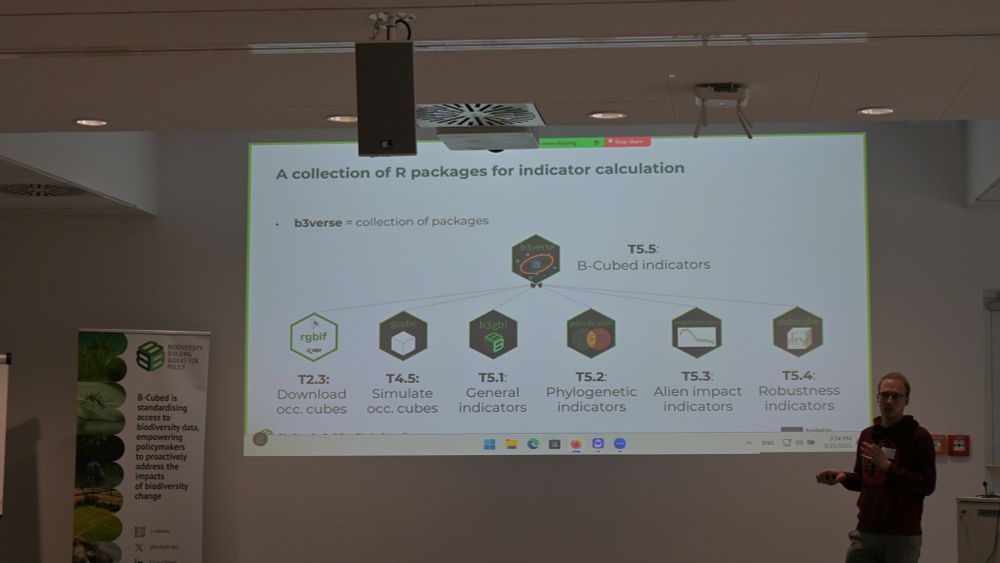I know that this is not uncommon in science but it always sucks. We put quite some effort into this and it is such a nice one. Maybe next time.
Reposted by: Hanno Seebens
@dylancraven.bsky.social Tiffany Knight @hannoseebens.bsky.social @patrickweigelt.bsky.social
Reposted by: Hanno Seebens, Patrick Weigelt, Joaquín Hortal

Reposted by: Hanno Seebens, Anthony Ricciardi

Reposted by: Hanno Seebens
30th Sep 2025
14:00-17:00 BST
Food, Agriculture, and Forestry Workshop
events.teams.microsoft.com/event/3ed563...
20th Oct 2025
14:00-17:00pm BST
Finance Workshop
events.teams.microsoft.com/event/19c5c4...

A fantastic opportunity to exchange across sectors.
Many thanks for having me! I enjoyed it very much. 🙏

The whole author team was fun to work with.
The comprehensiveness of our assessment allows to provide a good overview of knowledge and lack of knowledge.
Non-native species are everywhere, even in remote places (islands, deep sea, Antarctica, high mountains).
Trends are increasing and will increase in the future.
Data gaps are huge. No inventory is complete. Particularly for invertebrates, aquatic species and invertebrates.
A new #publication with 65 authors from all continents (except Antarctica), 42 article pages and >500 references.
doi.org/10.1111/brv....
🌐 #ecology #globalchange

Led by @hannoseebens.bsky.social , L Meyerson, P Pyšek and D Richardson and ~60 other coauthors, and based on Chap2 of the #IAS #IPBES Report, it has all the basic info you need!
A MUST READ!
doi.org/10.1111/brv....





And the recent publication putting this data into context here: lnkd.in/eGr4w6kh
I realised that the famous data platform "Our World in Data" has now our data set of first records of alien species on their platform.
I use this platform quite a lot and I am very happy (and proud) to find our data set there as well 🤩
lnkd.in/ePJFEgFk
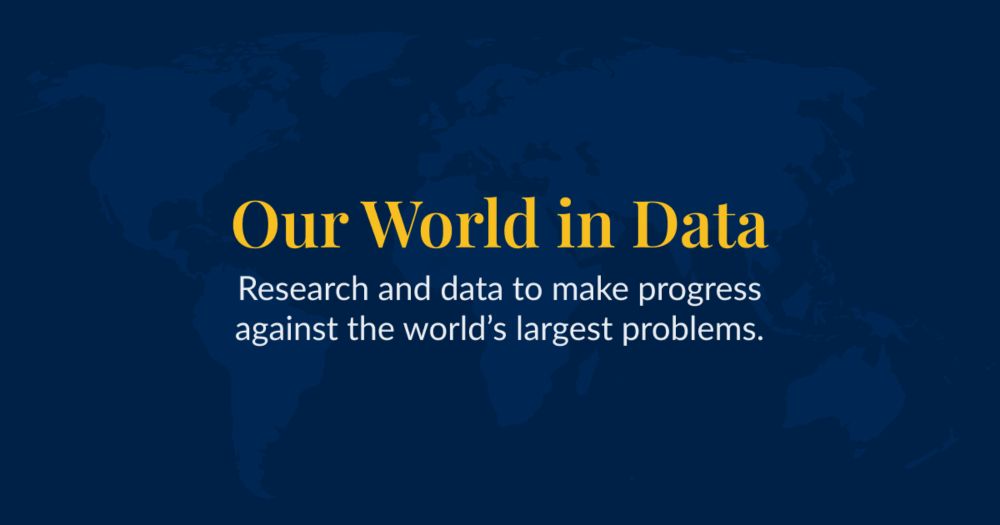
A small group but with representatives from very different organisations from sectors of eg trade, tourism, agriculture, biodiversity. Amazing to see how much is going on. But this needs to be coordinated!
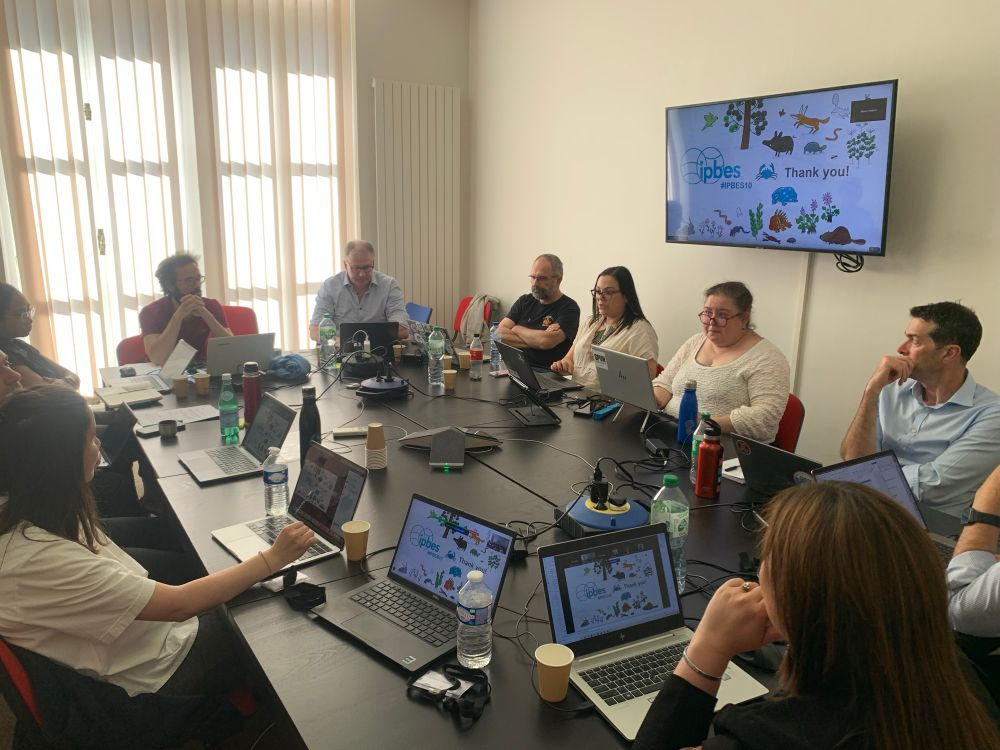
Looking forward discussing gaps and needs to meet the global biodiversity taget on #IAS
by Aníbal Pauchard — Reposted by: Hanno Seebens
Come work with us in the Laboratory of Biological Invasions at the University of Concepción and the Institute of Ecology and Biodiversity @iebchile.bsky.social
Reposted by: Hanno Seebens
The joint conference hosted by @tdwg.org, GBIF, @obis.org and @geobon.org at the #InstitutoHumboldt in Bogotá, #Colombia will bring together biodiversity networks from across the world. 🐸
www.livingdata2025.c...
#DatosVivos2025
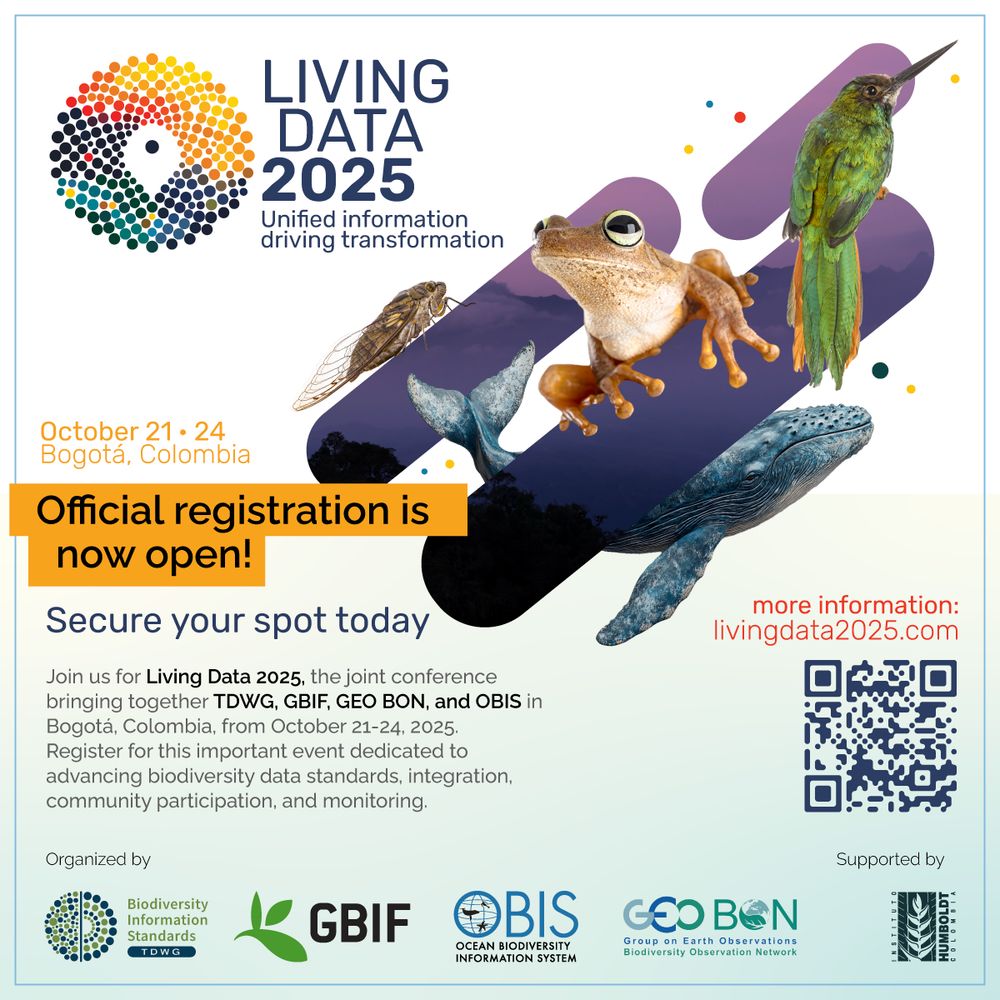
A massive milestone of the @b-cubed.eu project
Check it out 👇
Reposted by: Hanno Seebens
Access the packages 🌐 docs.b-cubed.eu/guides/b3ver...
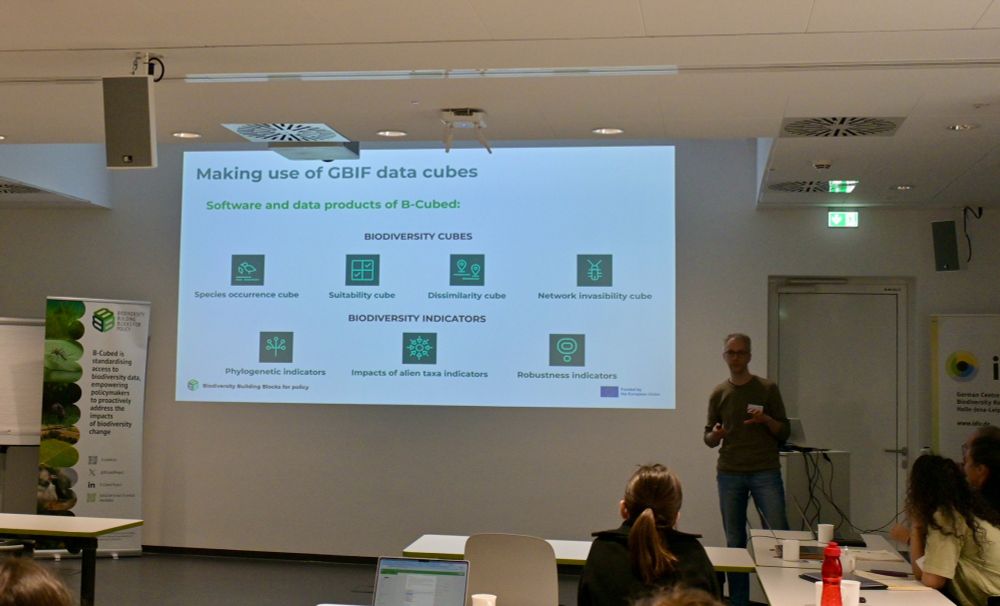
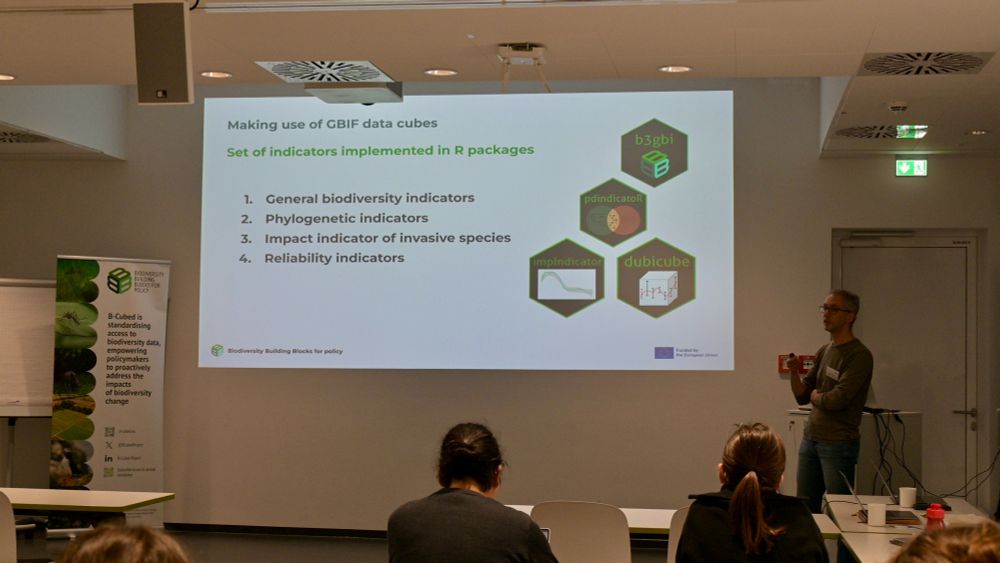
Reposted by: Hanno Seebens, Dmitry Schigel
@inbo.be 🌐
📌 Full details: www.gbif.org/news/5PapgYC...
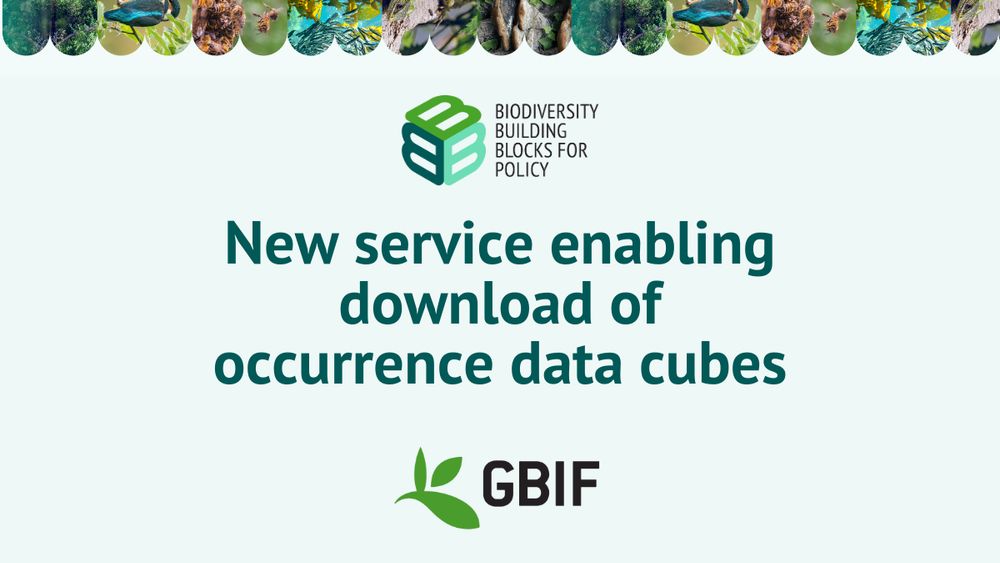
Reposted by: Hanno Seebens
📊 Applying indicators to species or regions of interest in environmental agreements
📊 Indicators to support reporting for international agreements
#BCubed2025
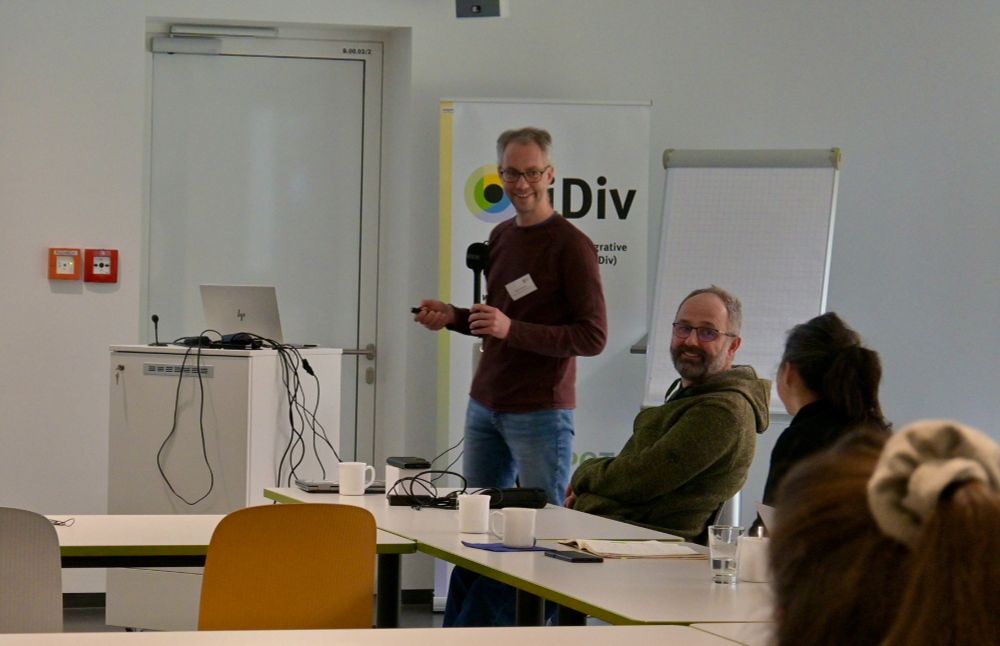
- use of @gbif.org data cubes for modelling and indicators
- indicators of biodiversity change (incl. #bioinvasion indicators)
- stakeholder engagement
- uncertainty and robustness of results
Fascinating and challenging 🤓
🌐
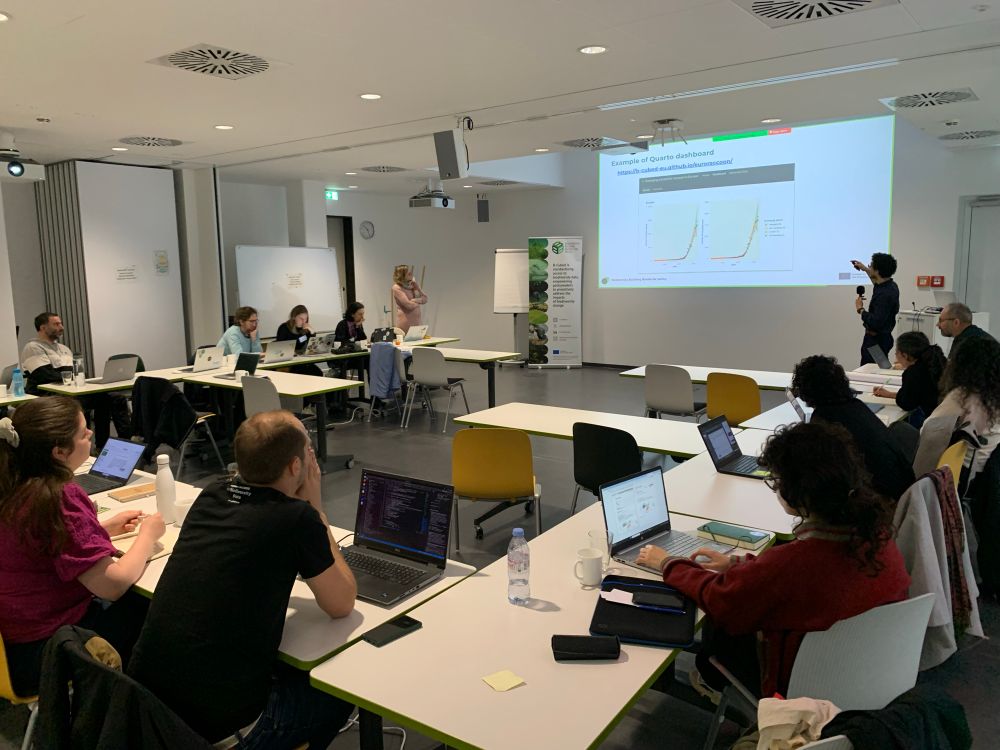
Quite a lot of new software products developed based on species occurrence cubes by @gbif.org. The cubes are used eg for SDMs, invasibility cubes and to calculate a set of indicators of biodiversity change.
Soon all online and as #R packages.
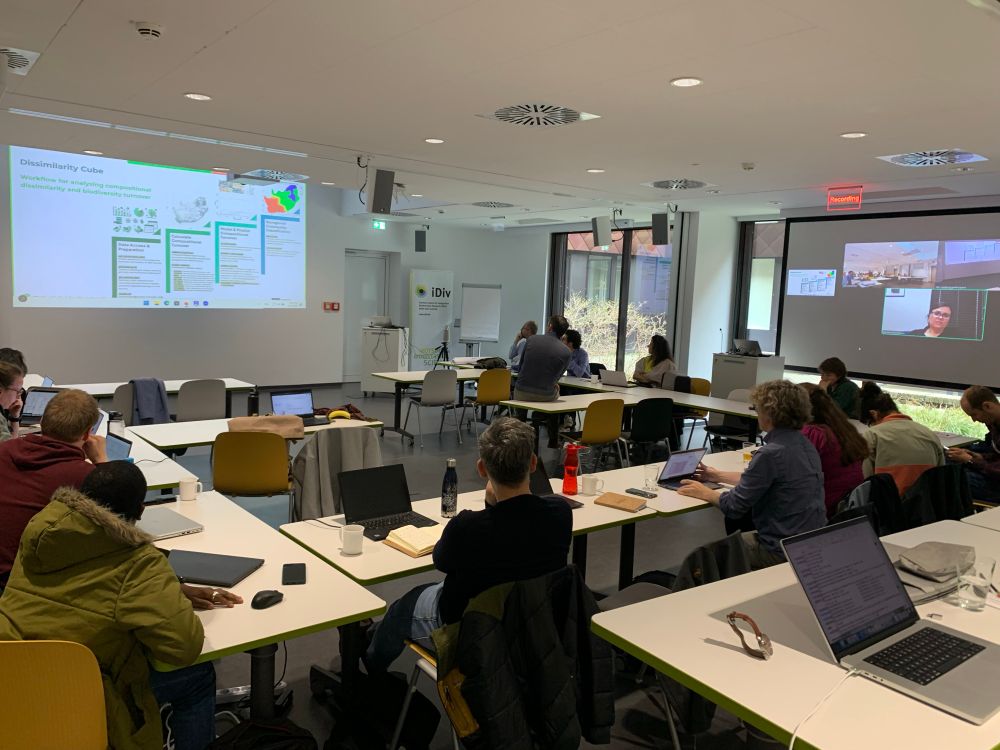
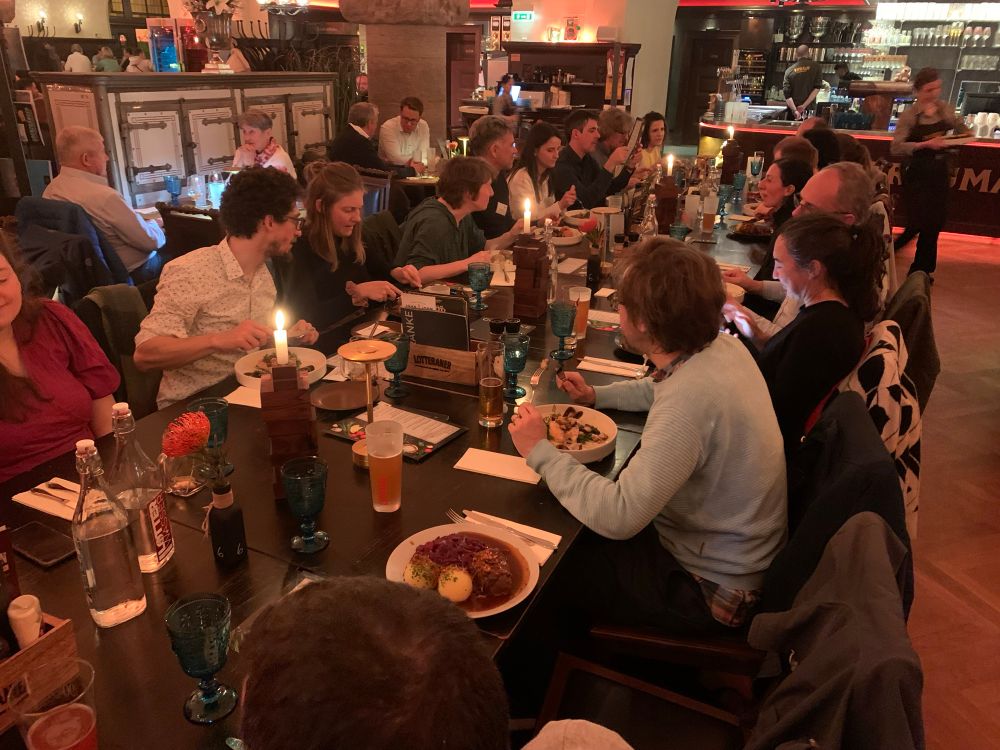
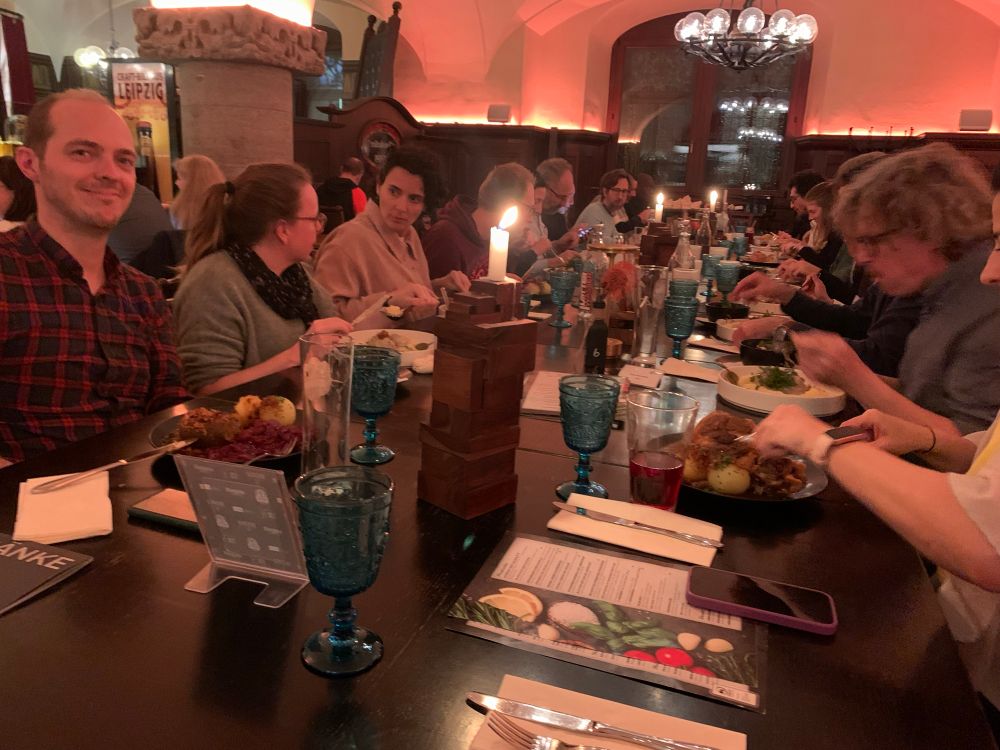
Reposted by: Hanno Seebens
Access the b3verse 🌐 docs.b-cubed.eu/guides/b3ver...
#BCubed2025
